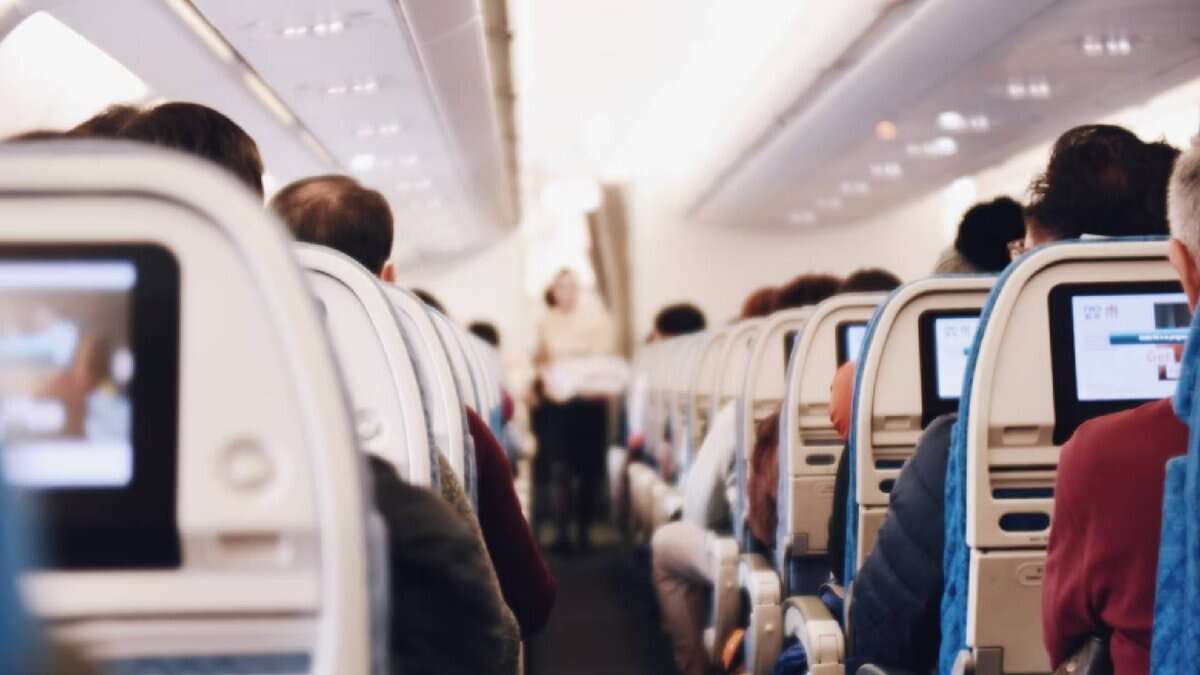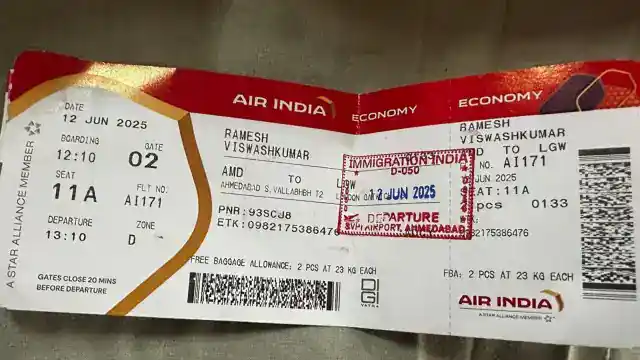
Indian expats in the United Arab Emirates (UAE) are increasingly asking for seat 11A or nearby seats when booking flights, hoping it might offer extra safety after the recent Air India plane crash.
The interest in this particular seat grew after the tragedy that unfolded on Thursday, June 12, when Air India’s Boeing 787 Dreamliner flight AI 171, bound for London with 242 passengers on board, crashed into the hostel and dining facilities of BJ Medical College in Ahmedabad, killing more than 270 people. The only known survivor, 45-year-old British-Indian passenger Vishwash Kumar Ramesh, had been seated in 11A, next to an emergency exit. He managed to escape the burning aircraft with minor injuries.

Several travel agents told Khaleej Times they have noticed more passengers asking about row 11 seats. Some are even ready to pay up to Dirham 200 (Rs 4,724) extra, convinced that sitting near an exit might give them a better chance of survival in an emergency.
Dubai-based communications professional Namita Thakkar admitted the crash was on her mind while planning a family trip to Mumbai. “It’s hard not to think about the man who survived in 11A,” she told Khaleej Times. “That story stayed with me.” She said she considered requesting the same seat for her son but chose instead to trust the safety of air travel.
The link between row 11 and survival has added to the interest. In December 1998, a Thai Airways flight crashed while trying to land in Surat Thani during bad weather. The plane broke apart and caught fire. Out of 146 people onboard, 26 survived. Among them was popular Thai singer Ruangsak Loychusak, who had been seated in 11A. He later described how he crawled out of the wreckage.
In February 1990, an Indian Airlines flight crashed while approaching Bangalore airport. The aircraft came down short of the runway and broke apart after striking objects on the ground. Of 146 people onboard, 92 died. One of the survivors, Kumar Nadig, had been sitting in row 11.
These stories have fuelled conversations online about so-called “miracle seats”, leading to growing demand for exit-row seats. However, aviation experts point out that survival in such incidents depends on aircraft design, safety protocols, and the crew’s training, not where a person is seated. Exit-row seats, which offer extra legroom, are reserved for passengers who can assist during an evacuation. Children, elderly travellers, and those requiring special assistance are not eligible for these seats.

